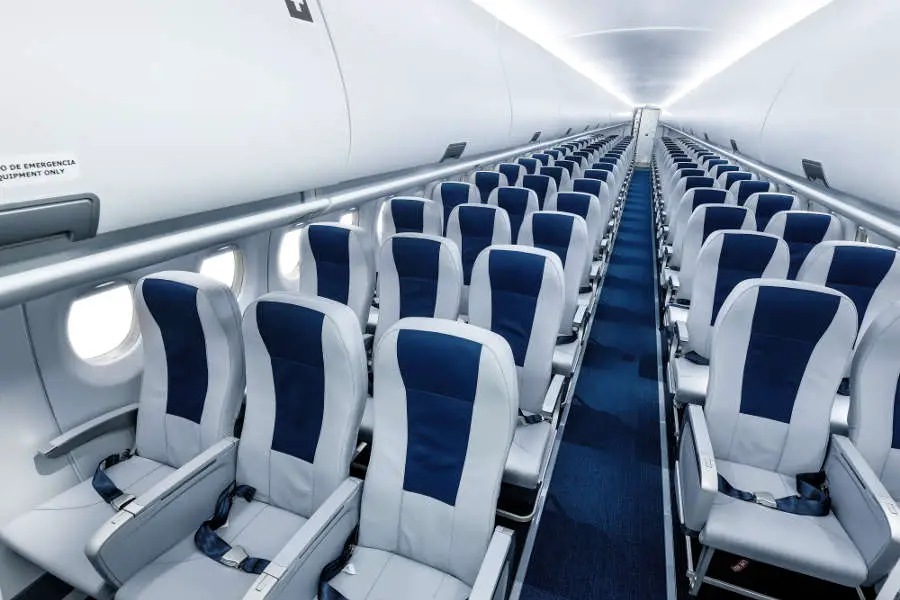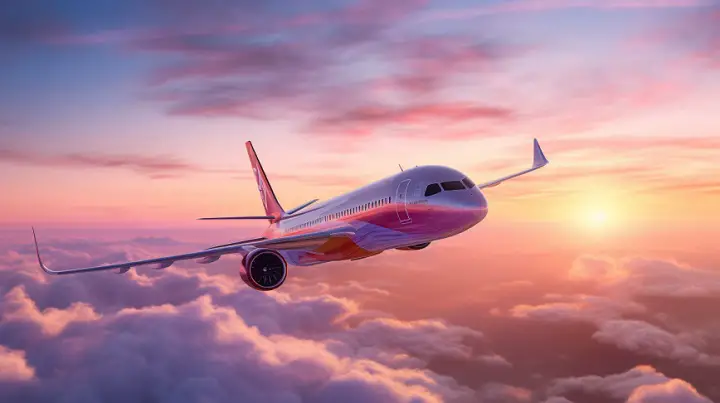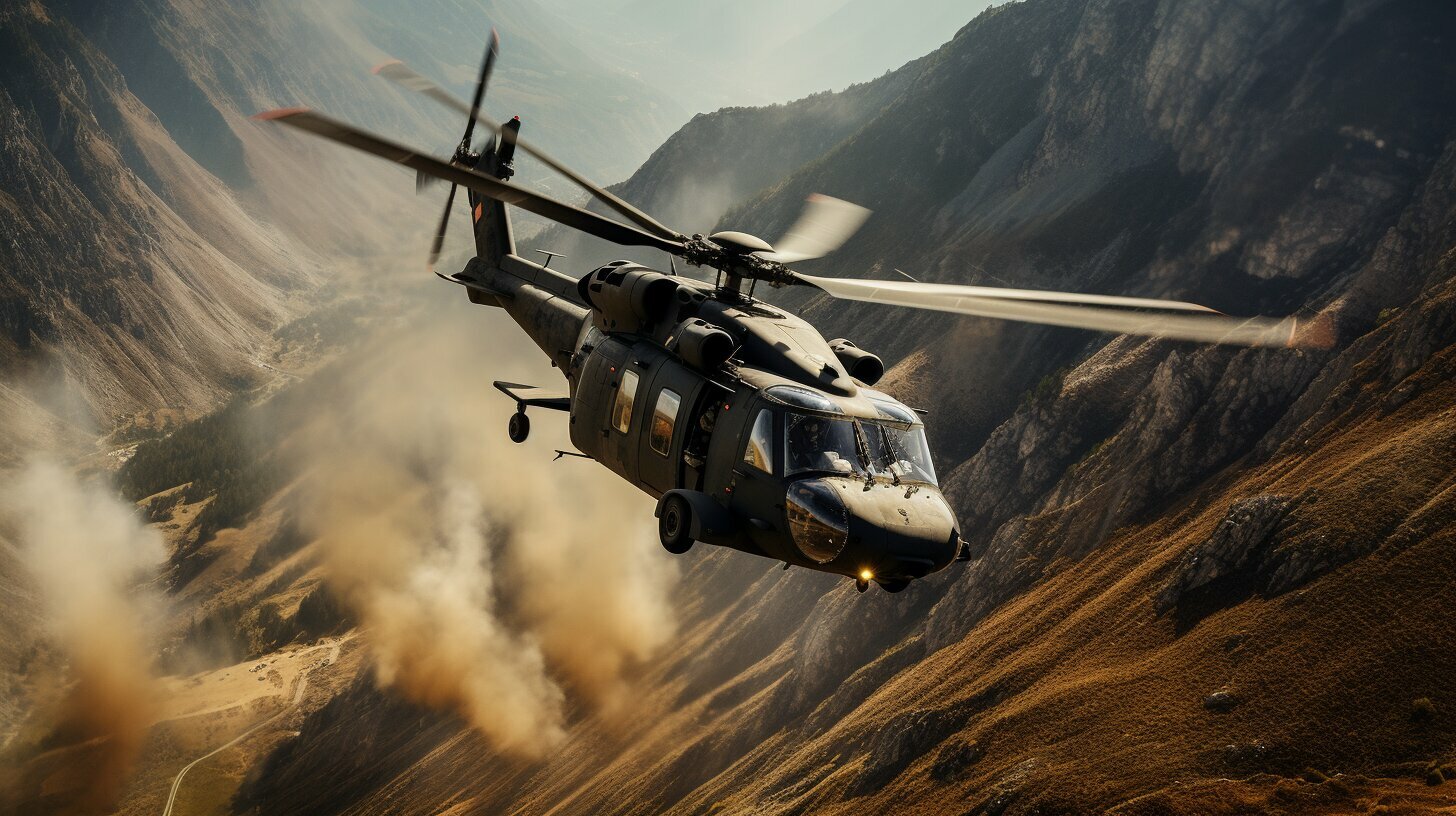
Supersonic Flight at Business Class Prices?
The current state of supersonic travel is one of development and anticipation. While supersonic travel was once a reality with the operation of Concorde, a commercial supersonic jet that operated from 1976 to 2003, there are currently no commercial supersonic aircraft in operation.
However, there are several companies and initiatives working on the development of supersonic aircraft for commercial use, including Boom Supersonic, and Aerion Supersonic among others. These companies and initiatives are aiming to make supersonic travel a reality again, with the goal of providing supersonic flights to the general public at business-class prices.
The development of supersonic aircraft for commercial use is a complex and expensive process, and it remains to be seen when supersonic travel will become a reality once again. However, the potential for supersonic travel to revolutionize business travel and provide faster long-distance flights has generated significant interest and investment in the development of supersonic aircraft.
Cost of developing a commercial supersonic aircraft
Developing a supersonic aircraft is a complex and expensive endeavor that requires significant investments in research and development.
The cost of developing a commercial supersonic aircraft is estimated to be between $6 to $12.4 billion dollars. This is significantly higher than the initial estimate of $130 million for Concorde, which eventually reached over $2.8 billion.
The specific costs associated with developing a supersonic aircraft depend on a number of factors, including the size and capabilities of the aircraft, the materials and technologies used, and the required safety features.
The potential market for supersonic business class travel
The potential market for supersonic business class travel could be significant, as there is a demand for fast and efficient travel among business and high-end leisure travelers. Supersonic travel has the potential to significantly reduce flight times, making it an attractive option for those looking to save time on long-distance trips.
For example, a flight from New York to London that takes around seven hours on a conventional jet aircraft could be reduced to just over three hours on a supersonic jet. This can be especially appealing to business travelers who need to make multiple long-distance trips in a short period of time.
The global private jet market was estimated to be worth nearly $30 billion in 2021 and is expected to grow to over $40 billion by 2028.
If supersonic flights at a business-class price become a reality, it will not only snatch market share from the current private jet market but also attract first-class and business-class travelers from commercial airlines.
Challenges for making supersonic travel more affordable
There are a number of challenges to making supersonic travel more affordable which include:
High development and operational costs
Developing and operating supersonic aircraft is much more expensive than conventional commercial aircraft, which makes it difficult to offer supersonic travel at a competitive price.
Limited infrastructure
There are currently very few airports that are equipped to handle supersonic aircraft, which can limit the number of destinations that supersonic travel is available to.
Environmental concerns
There are a number of environmental concerns associated with supersonic travel, including the potential for increased noise pollution and the production of greenhouse gases. These concerns need to be addressed in order for supersonic travel to be more widely accepted.
The future possibilities that could make supersonic flight more affordable
Some of the possibilities that could make supersonic flight more affordable in the future include:
Improved technology
As supersonic technology improves, it may become more efficient and cost-effective to operate supersonic aircraft, which could help to reduce the cost of supersonic travel.
Increased demand
As more people become aware of the benefits of supersonic travel, there may be increased demand for this type of transportation, which could help to drive down prices.
Partnerships and collaborations
Partnerships and collaborations between airlines, aircraft manufacturers, and other stakeholders could help to reduce the costs of developing and operating supersonic aircraft.







